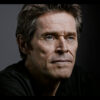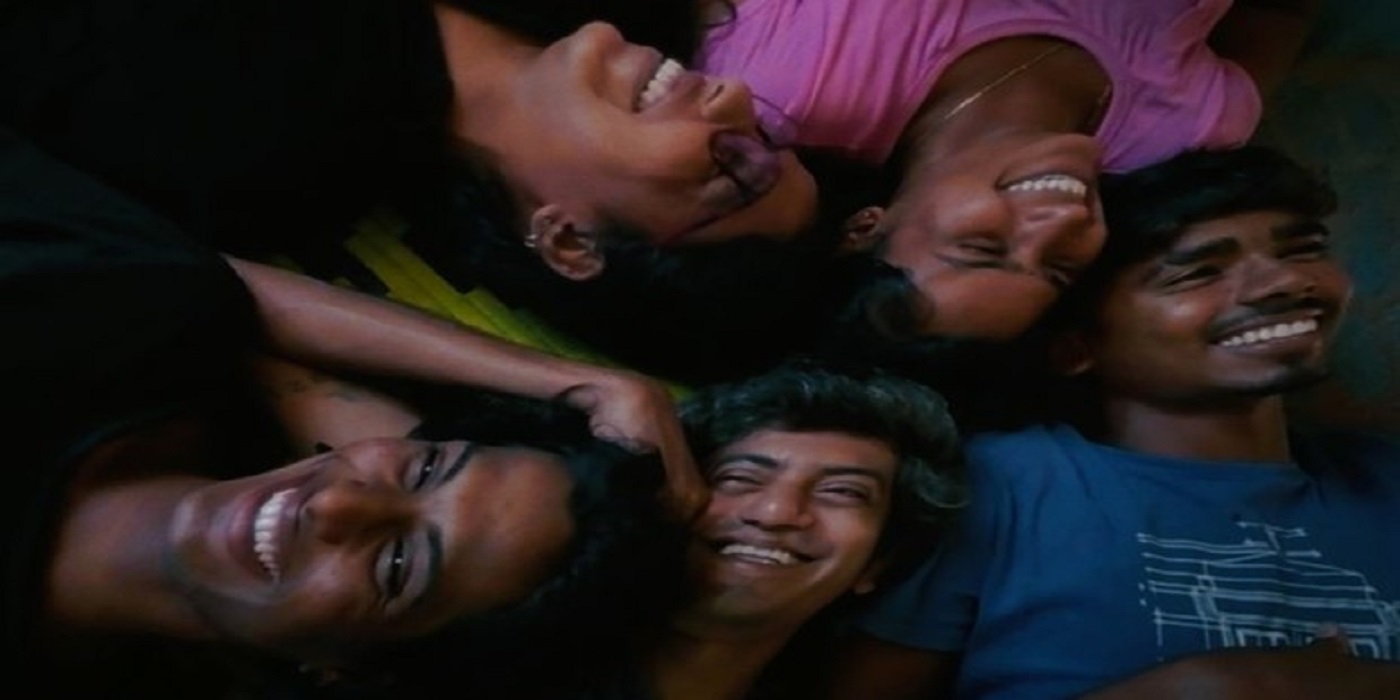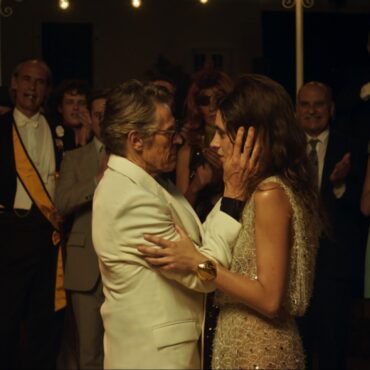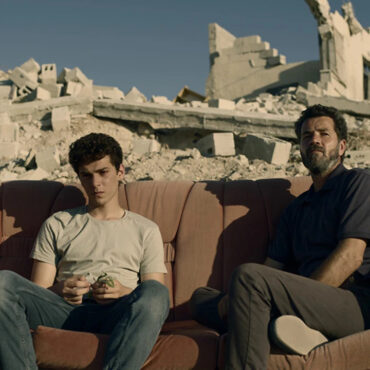In the dynamic realm of experimental cinema, Eduardo Williams continues to push artistic boundaries, delivering a fresh cinematic experience that blurs the lines between traditional filmmaking and contemporary art. His latest creation, “The Human Surge 3” (El Auge del Humano 3), showcased at the Locarno Film Festival‘s international competition, is a continuation of his innovative approach. Williams, known for his distinctive style and abstract-concrete narratives, takes audiences on a journey across continents and perspectives, embedding meaning within every frame.
William’s choice of an unconventional camera placement
In our interview we talked about a key aspect of Williams’ cinematic journey is his unique camera choice, which resonates deeply with the film’s essence. Filmed entirely with a panoramic 360° camera equipped with eight distinct lenses, the images were initially intended for VR viewing. However, Williams seamlessly transformed this cutting-edge technology into a rectangular cinematic format, offering a visual feast of distorted landscapes and enthralling juxtapositions. The resulting images bend, sway, and merge, creating a visual symphony that captivates the audience.
The film’s unconventional camera placement contributes to a deliberate detachment from its subjects, fostering a sense of distance and surveillance. Conversations become disassociated from moving lips, emphasizing an undercurrent of observation and detachment. Subtitles in white and yellow appear like commentary overlaying the images, a stylistic choice that adds complexity to the viewing experience.
Different locations to showcase different emotions
As the film weaves through locales in Peru, Taiwan, and Sri Lanka, it paints vivid portraits of landscapes that have existed for centuries. Yet, Williams’ lens imbues them with a digital veneer, hinting at an underlying current of surveillance in our digitized world. The landscapes, once only accessible through Google Earth on screens, come alive on the cinema screen, filtered through Williams’ unique perspective.
In the context of these diverse locations, “The Human Surge 3” raises questions about representation and reality. Williams challenges viewers to consider the complexities and contradictions of the spaces he presents. The film’s subjects, non-professional individuals whose faces remain anonymous, showcase emotions that range from anger to disillusionment. From Canadian salt mines to exclusive tourist enclaves adjacent to marshlands, the film confronts the stark disparities that persist in these seemingly idyllic locales.
However, Williams’ enigmatic approach leaves room for interpretation. His deliberate choice to maintain a level of stylistic distortion can sometimes obscure direct understanding. Viewers are left to discern the connection between the visual abstractions and the portrayed issues of alienation and youth’s loss.
Eduardo William’s commitment
In a global collaboration that spans across continents, “The Human Surge 3” emerges as a coalescence of artistic energies. With co-productions spanning Argentina, Portugal, Brazil, the Netherlands, Taiwan, Hong Kong, Sri Lanka, and Peru, the film’s creation mirrors its themes of interconnectedness and shared experiences.
Williams’ work, showcased on the world stage of the Locarno Film Festival, underscores the ever-evolving potential of cinema to blur the lines between mediums and provoke contemplation. “The Human Surge 3” is a testament to Williams’ unceasing commitment to innovation, compelling audiences to engage with the nuances of our fragmented, globalized world.
Plot
In a dark world, whipped by rain and wind, roam several groups of friends who spend time together trying to free themselves from depressing jobs, constantly drawn by the mystery of new possibilities.







































